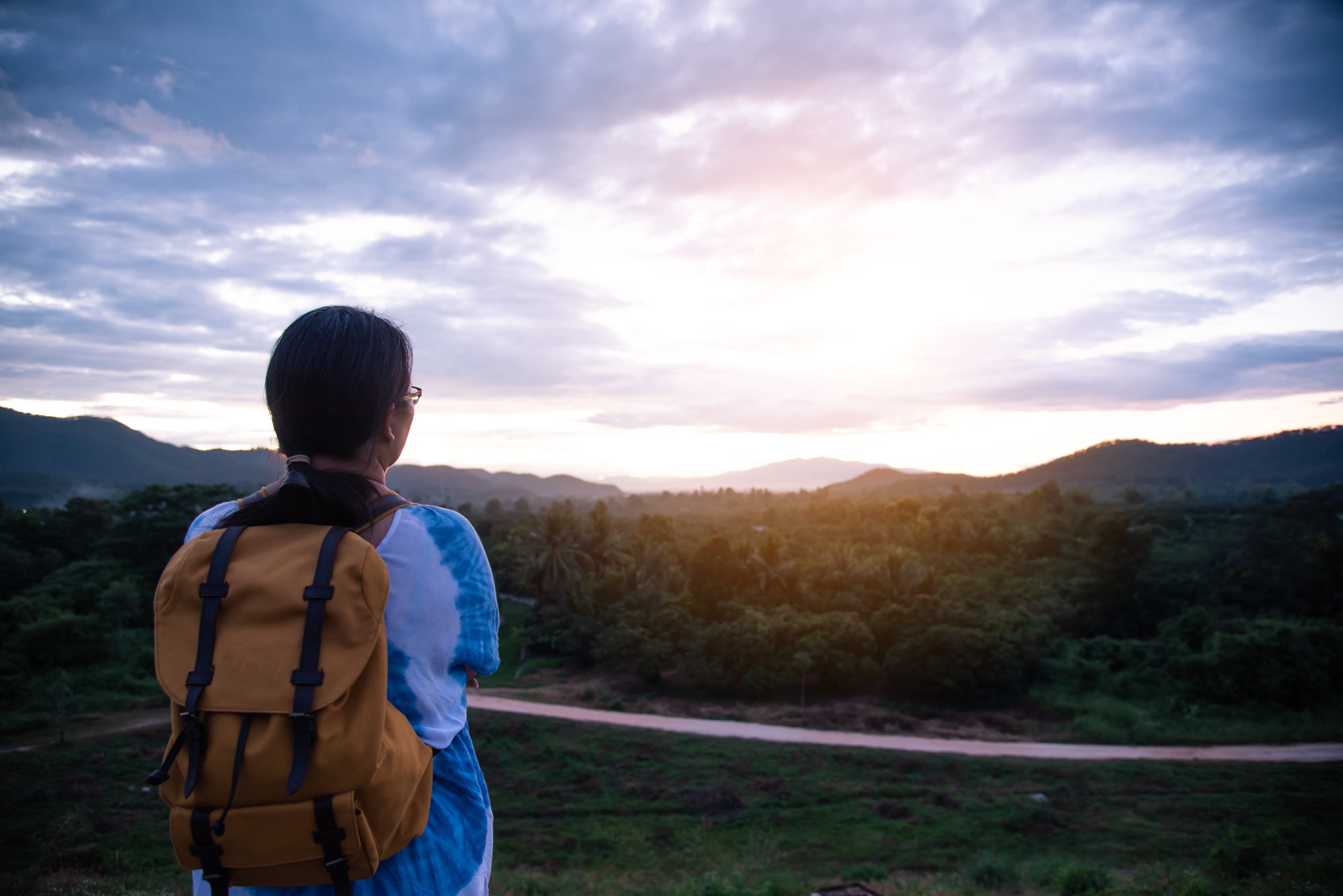BY THE OPTIMIST DAILY EDITORIAL TEAM
Imagine dedicating your studies to the natural beauty of coral reefs, only to witness their rapid decline firsthand. That is precisely what occurred to Jada Alexander, a student at the University of California, Santa Barbara. The vivid life of the coral reefs grabbed her on her first trip to French Polynesia. “The coral reef was vibrant. It was beautiful,” she recalls, remembering the thriving ecosystem filled with crabs and fish. But when she returned a year later, she discovered desolation where life once bloomed. “It was dull and gray,” she remarked, describing the dead reefs she found. This dramatic contrast left her feeling overwhelmed and despondent, a sentiment that is becoming more typical among young people confronted with the realities of climate change.
However, experts emphasize that this level of worry does not have to be crippling. Elissa Epel, a prominent stress researcher at UC San Francisco, understands that the emotions around climate change may frequently immobilize people, making it difficult for them to engage. “If our young people can’t have hope and engage in climate action, then we’re going to have that much harder of a time-bending the curve back,” Epel explained.
Empowering young people to act
To address this issue, Epel and her colleagues created Climate Resilience, a course that teaches students how to channel climate anxiety into action. The course, which is available on various University of California campuses, helps students address their anxieties, process their emotions, and learn practical ways to contribute meaningfully to climate initiatives. The goal is to transform feelings of despair into empowerment by altering the narrative from unavoidable doom to attainable transformation.
Alexander, one of the students who took the course and later became a teaching assistant, shared how the class transformed her perspective: “I think that the class increased my ability to be a part of the solution.” She now leads an initiative that blends surfing with environmental stewardship.
This novel approach teaches kids how to build resilience and use coping strategies such as mindfulness and meditation. These strategies enable them to remain engaged rather than withdraw from climate action.
The power of resilience and mindfulness
The course’s success is heavily reliant on mindfulness and emotional resilience. Instructors, such as Diana Hill, a clinical psychologist at UC Santa Barbara, emphasize the need to remain present and manage stress in order to be effective change agents. “There’s all sorts of cues and signals that can remind us to stop and take a breath,” Hill explained, emphasizing that little periods of quiet, such as focusing on one’s breath, can reset the nervous system and boost resilience.
These mindfulness activities are useful not only for managing daily stress but also for developing compassion for oneself and others. Experts such as Hill believe that a compassionate perspective can lead to stronger relationships with the world and encourage action. Jyoti Mishra, a neuroscientist at UC San Diego and co-director of the course, saw that students began the course skeptically but by the conclusion had switched to a more positive perspective, making it easier to envision themselves as part of the solution.
Real-world actions to inspire change
The Climate Resilience course teaches students more than just emotional coping strategies; it also motivates them to take actual, communal action. Participants took part in relevant community projects such as sustainable agriculture initiatives and recycling seminars. The sense of belonging and purpose produced by these programs proved to be a significant motivator, assisting students in transitioning from passive fear to active participation in climate change mitigation efforts.
According to Philippe Goldin, a clinical neurologist at UC Davis and co-leader of the course, “Students reported an increased sense of belonging and a belief that they could work with others on climate change.” For many students, this community-focused approach to climate change reinforced the notion that collective effort is required to address such a complicated global issue.
Simple steps for building resilience
If you’re feeling overwhelmed by climate change, the course provides ways to help you manage stress and take action in your own life. Slowing down with periods of quiet is a useful discipline. Find simple reminders in your daily routine—such as a phone call or the chime of a bell—to pause, breathe, and reset. Mark Coleman, a meditation teacher, illustrates how this practice can activate the parasympathetic nervous system, making you feel more relaxed.
Another effective method is the “Just Like Me” exercise, which promotes compassion by assisting you in seeing others’ basic humanity. During the guided meditation, you stare into a stranger’s eyes and acknowledge common experiences such as joy, grief, and a wish for happiness. Hill concurs: “This practice of seeing that common humanity is pretty powerful.” It can also be used in challenging relationships to help you develop empathy for others who hold conflicting viewpoints.
Finally, cultivating appreciation might help you transition from frustration to hope. Engage in a simple exercise: express all of your problems for two minutes, then focus on what makes you happy for the next two. Students in the course saw a significant change in negative energy when they focused on appreciation, resulting in a more pleasant atmosphere. “People were laughing, people were smiling,” Alexander recalls, illustrating how such exercises can uplift a room.
By taking action to manage climate anxiety and transform it into meaningful change, we can find empowerment in the face of an overwhelming challenge. Courses like Climate Resilience provide tools and community support, demonstrating that through mindfulness, compassion, and collaboration, we can be part of the solution. As Jada Alexander’s journey shows, while the fear for the planet is real, there is hope in being proactive.











